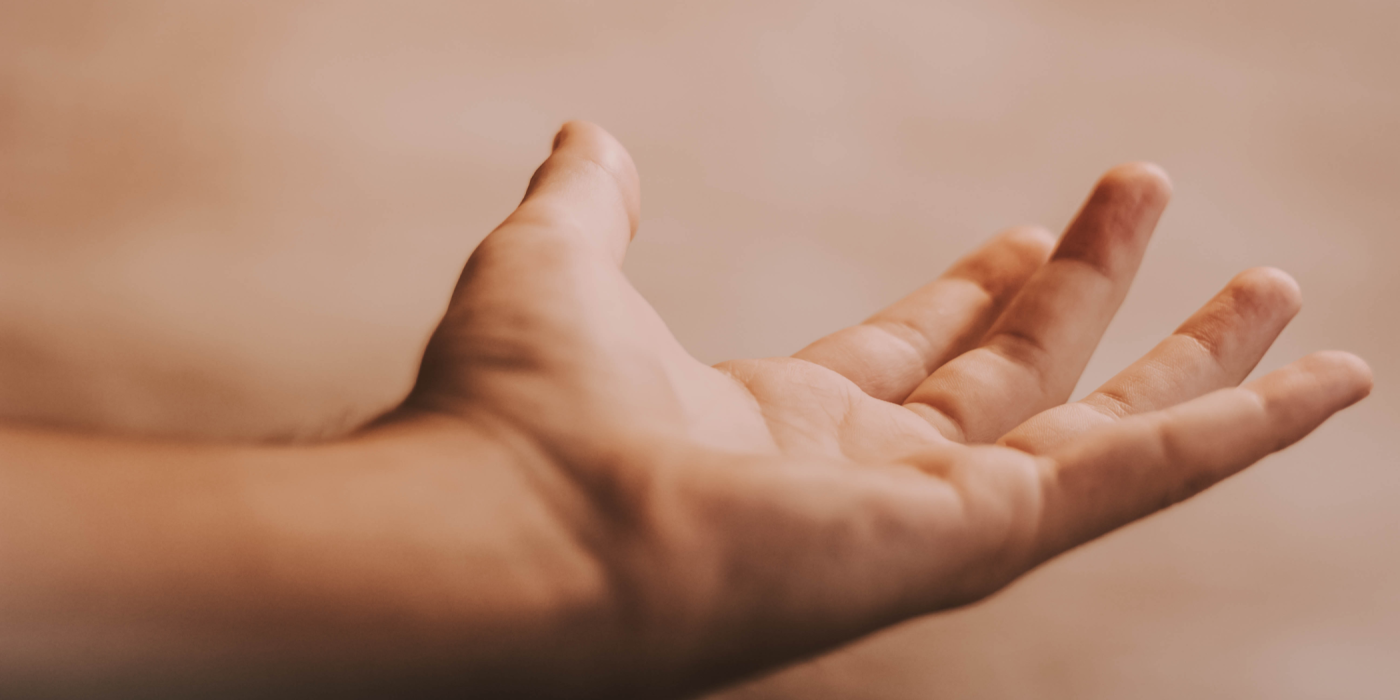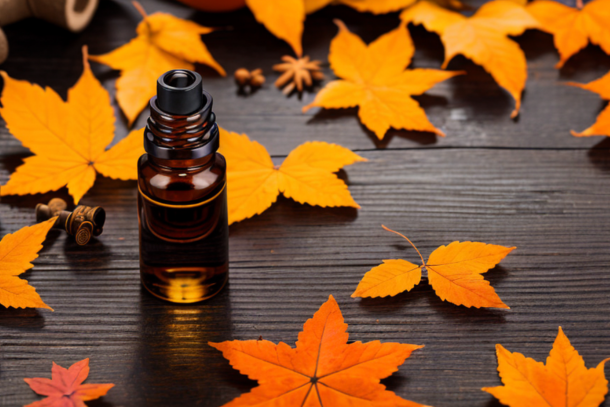Unravel the Mysteries of Shiatsu: Japan's Unique Healing Massage Technique

Shiatsu is a Japanese word where 'Shi' translates to 'finger' and 'atsu' means 'pressure'. As the name suggests, Shiatsu massage incorporates the use of fingers, primarily thumbs, to apply pressure to specific points on the body.
This method of bodywork has deep roots in the history and traditions of Japanese healthcare. It's believed to have emerged in the early 20th century, evolving from Anma, a traditional Japanese massage technique. While the practice of Shiatsu has developed and changed over time, it retains its core objective of restoring and maintaining the body's energy balance.
Shiatsu and Acupuncture: Two Sides of the Same Coin
Although Shiatsu and Acupuncture are distinct practices, they share a common underpinning in the form of Traditional Chinese Medicine (TCM) concepts. Both of them aim to facilitate healing by manipulating the body's Qi (energy flow), albeit through different techniques.
The Interplay of Energy: Qi in Shiatsu and Acupuncture
Qi is a central concept in many Asian healing practices, representing the vital energy that flows through our bodies. In both Shiatsu and Acupuncture, the goal is to remove any blockages in the flow of Qi, thereby promoting better health and wellness. This shared foundation forms the basis for many of the similarities between these two fascinating practices.
In the upcoming sections, we'll delve further into the techniques, benefits, and unique aspects of Shiatsu massage, providing a deeper understanding of why this Japanese art form might be a suitable therapeutic choice for you.
What is Shiatsu Massage?
Detailed Explanation of Shiatsu Massage
Shiatsu Massage Techniques and Methods
Shiatsu massage, rooted in the traditions of Japanese therapy, applies gentle yet firm pressure using the fingers, thumbs, and palms to areas of the body with the objective of correcting imbalances and promoting optimal health. The practitioner might also utilise stretching and rotation movements to enhance the body's flexibility.
Principles of Shiatsu Based on Traditional Chinese Medicine Concepts
Shiatsu, though Japanese in origin, heavily incorporates principles from Traditional Chinese Medicine (TCM). This involves the idea of Qi (pronounced 'chi') - the life energy that flows through our bodies. In Shiatsu, it's believed that health issues stem from imbalances or blockages in the flow of Qi. Thus, the goal of Shiatsu is to restore this balance, working on the body's meridian lines – the channels through which Qi flows.
Benefits of Shiatsu Massage
Physical Benefits: Improving Muscle Tension, Posture, and More
Shiatsu massage offers numerous physical benefits. By releasing muscle tension and improving blood circulation, it promotes relaxation and overall wellness. As the techniques can be tailored to individual needs, Shiatsu can aid in improving posture and flexibility, alleviating headaches, and even speeding up recovery from injuries.
Emotional and Mental Benefits: Stress Reduction, Mood Improvement, and Beyond
Equally noteworthy are the emotional and mental benefits of Shiatsu. The gentle pressure applied during a session can stimulate the production of endorphins, the body's natural painkillers, leading to a state of tranquility and positive mood. Regular Shiatsu sessions can help reduce stress, anxiety, and depression, fostering a sense of mental wellbeing and balance.
How is Shiatsu Massage Similar to Acupuncture?
Understanding Acupuncture
Acupuncture: The Principles
Acupuncture, an integral part of Traditional Chinese Medicine (TCM), operates on the fundamental concept of 'Qi' (pronounced 'chi'), which signifies the life energy that flows through us all. TCM posits that a balanced, unblocked flow of Qi is vital for maintaining health and well-being.
In acupuncture, it's believed that the Qi flows through 12 main meridians or energy channels in the body. Each meridian corresponds to an organ or a group of organs, influencing their function and health.
How Acupuncture Works: Needles and Meridian Points
Acupuncturists insert extremely thin, sterile needles into specific points along these meridians, known as 'acupoints'. It's hypothesised that stimulating these points can correct the balance of Qi, helping it flow freely and restoring the body's health.
Shiatsu and Acupuncture: A Comparative View
Approach to Energy Flow and Meridians
Shiatsu, like acupuncture, perceives the human body as a network of energy pathways, or meridians. Practitioners use finger and palm pressure, stretches, and other manipulative techniques to adjust the body's physical structure and balance its energy flow.
Shiatsu also works on the same meridians as acupuncture but without the use of needles. Instead, it employs touch, comfortable pressure, and manipulative techniques to adjust the body's physical structure and balance its energy flow. This leads to a sense of relaxation and vitality.
Similarities in Benefits and Effects on the Body and Mind
Both Shiatsu and acupuncture share a common goal of restoring and maintaining the body’s balance, which, in turn, helps promote physical and mental well-being. They are both used to treat a range of conditions, including stress, anxiety, musculoskeletal problems, and more. The overarching idea is that by stimulating the body's self-healing process, we can achieve holistic well-being.
How is Shiatsu Massage Different from Acupuncture?
While Shiatsu and acupuncture share common roots and principles, they are notably different in their techniques and the experiences they offer.
Differences in Techniques
Shiatsu Techniques
Shiatsu, meaning "finger pressure" in Japanese, primarily involves the use of fingers, thumbs, and sometimes palms and elbows to apply pressure on specific points on the body, called meridians. This technique aims to stimulate and balance the energy flow in the body. The pressure can be soft or firm, deep or superficial, depending on the needs and condition of the individual.
Acupuncture Techniques
In contrast, acupuncture, a practice stemming from traditional Chinese medicine, involves the insertion of fine, sterile needles into specific acupuncture points on the body. These points also correspond to meridians or energy pathways. The purpose of the needle insertion is to unblock or balance the energy flow, thereby promoting healing and relaxation.
Differences in Practice and Experience
Shiatsu Experience
A Shiatsu session usually involves a peaceful environment, with the recipient often lying on a comfortable mat or futon on the floor. The practitioner applies pressure in rhythmic sequences along the body. This pressure can induce a variety of sensations, ranging from gentle relaxation to deep muscular release, contributing to a unique sense of calm and well-being.
Acupuncture Experience
An acupuncture session, on the other hand, involves the practitioner inserting needles into the skin. Despite the idea of needle insertion potentially sounding discomforting, many recipients report a sense of relaxation during and after treatment. It's not uncommon for individuals to experience a sensation called "de Qi," a dull ache or tingling at the acupuncture point, which is considered a positive indication of energy movement.
In conclusion, while both Shiatsu and acupuncture aim to balance energy and promote healing, their techniques and experiences are quite different, offering unique benefits and sensations.
Who Can Benefit from Shiatsu Massage?
Target Demographics for Shiatsu Massage
Shiatsu massage has a broad appeal, but there are certain groups that may find it especially beneficial.
Athletes and Fitness Enthusiasts Athletes and those who engage in regular physical activity often deal with muscle soreness and tension. Shiatsu massage can help to alleviate these discomforts by improving circulation and assisting in the removal of metabolic waste. It can also enhance muscle flexibility and overall mobility, contributing to better athletic performance.
Stress Management Seekers Individuals who are under regular stress, whether from work, home life, or other sources, can gain considerable benefit from Shiatsu massage. This form of therapy has been known to promote relaxation, reduce anxiety and alleviate the physical symptoms of stress, such as headaches and insomnia.
People with Specific Ailments Shiatsu massage can also be beneficial for individuals suffering from a range of health conditions, including chronic pain, digestive problems, and migraines. By focusing on the body's energy flow and specific pressure points, it aims to restore balance and promote overall wellness.
Precautions and Contraindications
While Shiatsu massage has numerous benefits, it's not suitable for everyone. There are some situations and health conditions where caution should be exercised.
Pregnant Women While Shiatsu can help with some pregnancy-related discomforts, it's advisable for pregnant women to consult their doctor before undergoing a session, particularly in the early stages of pregnancy.
Individuals with Specific Health Conditions People with conditions like heart disease, blood clotting disorders, acute inflammatory disease, and certain skin conditions should avoid Shiatsu or consult with a healthcare provider before treatment.
Post-surgery Patients Patients who've recently had surgery, especially those with open wounds or stitches, should avoid Shiatsu until fully healed.
The decision to try Shiatsu should always be made in consultation with a qualified healthcare provider.
How to Prepare for a Shiatsu Massage
Tips for First-Timers
If you're planning your first Shiatsu massage, it's natural to feel a bit uncertain about what to expect. To help you prepare, here are some handy tips:
What to Wear
Shiatsu massage is typically performed with the client fully clothed. Opt for loose, comfortable clothing made from natural fibres, like a t-shirt and sweatpants or yoga pants. It's also helpful to remember that you may be positioned in a variety of ways during the session, so your outfit should allow flexibility.
What to Expect
As a first-timer, you might wonder about the level of pressure applied during a Shiatsu massage. The pressure can vary greatly, from light touch to deep pressure, but it should never cause pain. Remember, communication is key – your practitioner will want to know if you feel any discomfort.
What Happens During a Shiatsu Session
Arrival and Consultation
When you arrive for your Shiatsu session, your practitioner will typically start with a brief consultation. They may ask about your medical history, any current health concerns, and your reasons for trying Shiatsu. This is also your opportunity to ask any questions you may have.
The Massage Session
During the session, you'll lie on a comfortable mat on the floor, while your practitioner applies pressure to specific points on your body using their fingers, thumbs, and sometimes elbows or knees.
Conclusion of the Session
At the end of the session, the practitioner will slowly help you to a sitting position and may provide aftercare advice such as drinking plenty of water and taking time to relax.
Entering your Shiatsu massage session with this knowledge should put you at ease and enable you to fully enjoy this unique wellness experience.
Conclusion and Next Steps in Your Journey
Recap of Key Points
To recap, Shiatsu Massage, originating from Japan, is a unique type of bodywork similar to acupuncture. It utilises the same energy flow and meridians to promote healing and relaxation. Unlike acupuncture, which uses needles, Shiatsu employs finger pressure to stimulate these points. The benefits of Shiatsu are vast, ranging from physical improvements like easing muscle tension and improving posture, to mental and emotional gains such as stress reduction. While it's beneficial for many, certain individuals should seek medical advice before trying Shiatsu.
Why Give Shiatsu a Go?
Shiatsu offers a distinctive experience that fuses ancient traditions with tactile therapy, providing an avenue for holistic healing and relaxation. If you're open to exploring different wellness practices, Shiatsu could be a refreshing new approach. With its unique method and extensive benefits, Shiatsu Massage can enhance your wellbeing journey, helping you maintain balance in body, mind, and spirit.
The Next Step: Finding a Shiatsu Practitioner
Your Route to Shiatsu
For those who are interested in trying Shiatsu Massage, it's essential to find a reputable practitioner. Look for certified professionals who have completed an accredited course in Shiatsu. It's always advisable to read reviews and seek recommendations to ensure a safe and beneficial session.
Related to this article are the following:
- The Power of Olive Oil in Massage Therapy: A Comprehensive Guide
- The Magic Touch: How Massage Enhances Wellbeing and Promotes Restful Sleep
- Experience the Multifaceted Benefits of Swedish Massage
- Swedish Massage vs. Deep Tissue Massage: What's the Difference?
- Revolutionizing Workplace Wellness: An Enthusiast's Guide to Office Massage Chairs
I do hope you have enjoyed this article and hope that you will subscribe to my newsletter so you can get the latest information about all things naturally relaxing.
Stay in touch, join the Naturally Relaxing Newsletter
Newsletter Signup
Post Your Comments
or post as a guest
Be the first to comment.
Latest articles in Relaxation

Capturing the Perfect Sunset: Tips and Techniques

The Benefits of Aromatherapy: Essential Oils for Relaxation

Embracing Calm: Innovative Ways to Relax in the New Year

Autumn Aromatherapy: Essential Oils for Relaxation

Embracing Autumn's Tranquillity: Finding Peace in the UK's Golden Season






